Exclusive Interview: Creators/Producers Matthew Hausfater, Aaron Buchsbaum, and Teddy Riley Talk Up Amazon Prime’s New Series “Fairfax”
Animated series that usually have autobiographical elements, especially comedies, seem to last the longest on television. For The Simpsons, clear and obvious homages to creator Matt Groening’s Oregon roots are all over Springfield. Seth MacFarlane’s Quahog is certainly indicative of the creator’s time at RISD. However, those who have grown up in the shadows of major metropolitan cities like Los Angeles, NYC, Las Vegas, etc will understand that while tourists and those looking for better work opportunities head for Time Square or Burbank, the locals understand a completely different universe altogether that then comes with it the rise of cliques or “types”. Whether it’s goth, skate, metal, hip hop, or whatever, people inevitably tribe, an almost unsightly excess as a result of social media. Hypebeast culture is relatively newer, and usually beholden to gadgetry. The need for attention via social media has certainly become prevalent which can both be a blessing and a cause for concern. For kids, the once “at school” problems can now follow them home and be a 24-hour affair. The trends have become lifestyles.
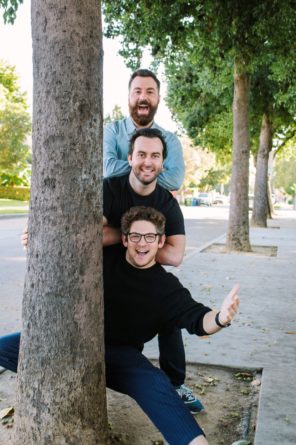
Welcome to Amazon Prime’s newest series, Fairfax. The series is created and executive produced by longtime friends Matthew Hausfater, Aaron Buchsbaum, and Teddy Riley, and we had a chance to talk with the guys about their upcoming series that has already been ordered for an additional season that is currently in production.
BB: How did the premise for the series come about?
Teddy: The three of us all grew up in LA, specifically on Fairfax Avenue, and we have watched the block evolve into this kind of hub of streetwear and pop culture. And we just felt like nobody had done a series about this yet that there wasn’t a show that explored the internet 2021 culture in a way that this show does. And you know, from there, it was just about finding our way in and then we landed on this group of kids that were really reflective of our friends growing up are the writers and everybody else involved in the show.
Aaron: There are obviously a number of shows about Los Angeles, but they’re all generally from the perspective of Hollywood and what it’s like to be a star. And I think for us growing up in Los Angeles, like that’s not what it was like. So it was a really nice opportunity to show another side of Los Angeles, specifically Fairfax, which is kind of like our cultural hub in the block. I think a number of people could feel a foreign and we wanted to have Dale serve as our audience’s eyes and be ushered into this really fantastic world that they would then see is, like, completely universal and relatable and would speak to them in some way.
BB: The series feels like it could have been pulled off via live-action, why did you think animation was the most effective medium in which to produce the series?
Aaron: Everything means so much when you’re a kid that it felt like we wouldn’t be doing these stories justice if we didn’t take advantage of how heavy and weighty all those things feel like you can really go so far with them in the world of animation. And it just felt the perfect medium to really kind of dive in and explore and create metaphors for how these people are feeling visually.
Teddy: In animation because we were able to have a lot more fun heightening this world that, to us, is lovable and hilarious.
BB: How did it come about that you would work with Titmouse in producing Fairfax?
Aaron: When we were meeting with different animation studios and trying to figure out who to partner with, the moment we sat down with Chris P. and the Titmouse crew, we were just like, yep, these are our people, they got the show right away. Whether it’s the art director or supervising director or line producer, everybody from them on down, understood the show and the humor behind it. And I truly can’t say enough about how helpful they were because it was our first time making an animated show and they were invaluable in teaching us about the process and also adding to the world building of the show. You know, part of what makes animated shows so great is that you have background artists, character designers, prop designers, storyboard artists, everybody gets to infuse their sense of humor into the show. And there’s a lot of Easter eggs that aren’t in the script. But they’re in the show, because of all the hilarious artists that work on our show.
BB: How did the aesthetic of the series come through?
Aaron: We slid into the DM’s of @somehoodlum on Instagram and said, do you want to make a TV show with us? Because when we saw his work, and you’ll see it, if you go to their page, it’s not only visually unique, but it’s really funny and he understood the world that we were trying to create right away. And so we developed the palette with @somehoodlum. And then when Titmouse came aboard, they also helped expand the world into a kind of 3D atmosphere that we could kind of animate in and build a world build with.I think the other thing that was very intentional that we spent some time on was creating a palette that felt like LA, you know, we’re from here, and we feel like not many animated shows that are set up in LA look like LA. There are a lot of warm palettes and colors that, to us, make it feel like a show that takes place on the West Coast.
BB: What was the casting selection like?
Teddy: In casting the main four kids, it was really important to us to cast actors that reflected the characters that they were playing, and could bring a level of authenticity and a voice to the character that felt true to who they were.
Aaron: There were times like, with, Skyler Gisondo who came in to read for “Dale” and we all looked at each other and I was like, The Voice, our chairs turned around. Peter S. Kim came in, you know, like, bottom of the ninth when we were looking for the Benny character, and he was like, I know who this kid is. It’s my brother. And he just blew us away. He did his own riffing, I think he called one of us like a Container Store ass bitch and we were just like, boom, like that. That was it, Keirsey Clemons also came in and to her credit, she had to do this very fun monologue where she does a bit of this song by Disturbed called “Down with the Sickness”. She made her voice sound like a crazy goth person. We had so much fun with her.
BB: As you had started working through the writing of Fairfax, was the goal to make the show more episodic or more serial? How will this translate in the future in the already announced second season?
Aaron: It’s been a balancing act. From the moment we started writing, because we certainly love the idea of The Simpsons type of a format where there was always kind of the reset button being hit. It’s not like every episode they talked about when Homer went to space, but at the same time, there are episodes that involve moments of growth. And, you know, we knew where we wanted to end season one. So while each episode, you could kind of pick out of a hat and watch on its own, there are little through lines that all kind of dovetail into our finale. And once we had season one under our belt, season two, you know, much like a lot of season two’s, it was about going deeper on the characters, and also a little bit wider in the world. The show starts from a place of streetwear, but very quickly, becomes a show about larger cultural trends that teenagers and kids are going through today. And so finding a balance between little narratives that could kind of keep you interested, a little cliffhangers that would keep you really engaged, while also being able to tell kind of bottle episodes and independent stories that kind of took you to a different world in each episode, whether it’s a music festival or an eSports team.
Amazon’s Fairfax debuts October 29th only on Amazon Prime. This interview was edited and condensed for clarity.

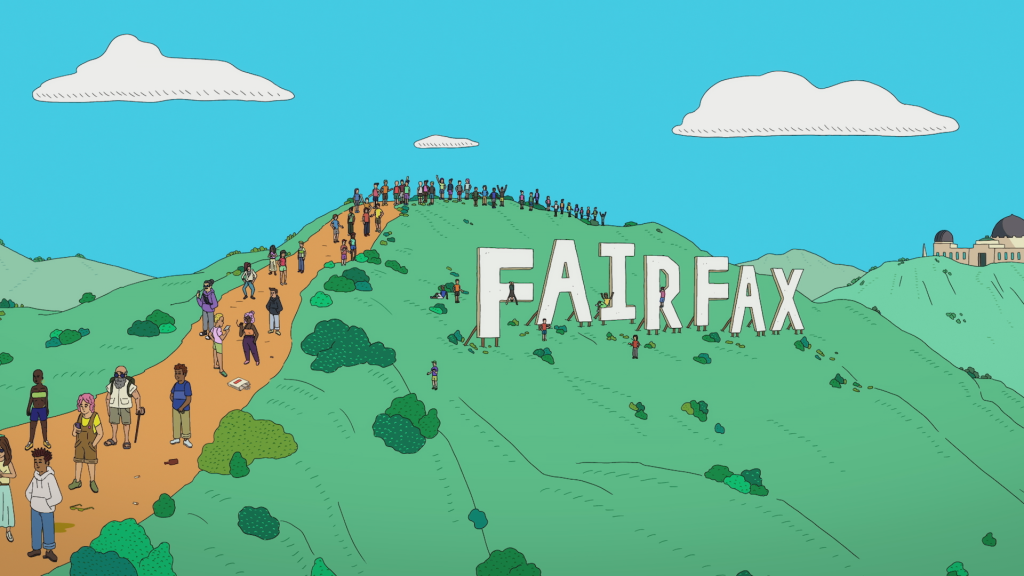


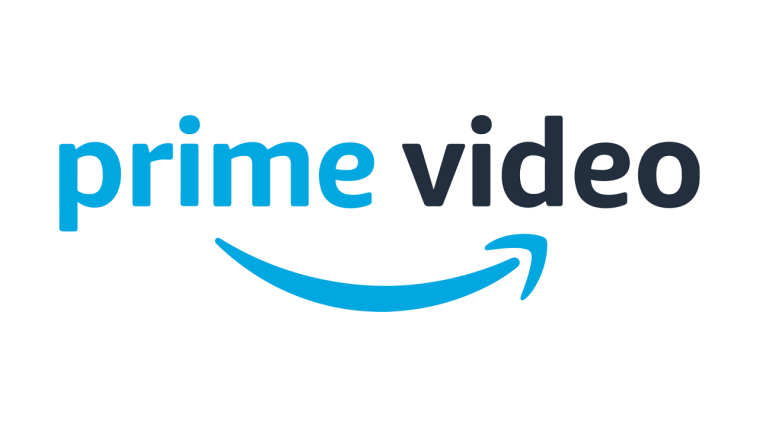


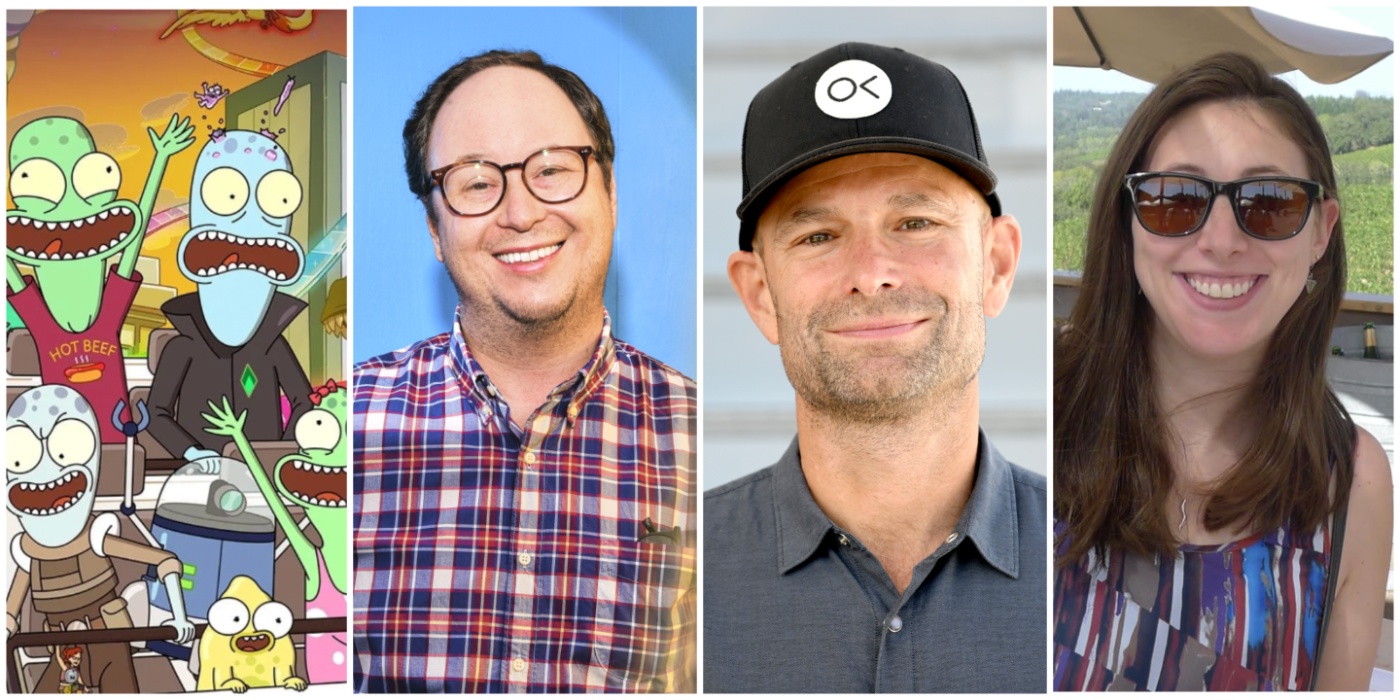














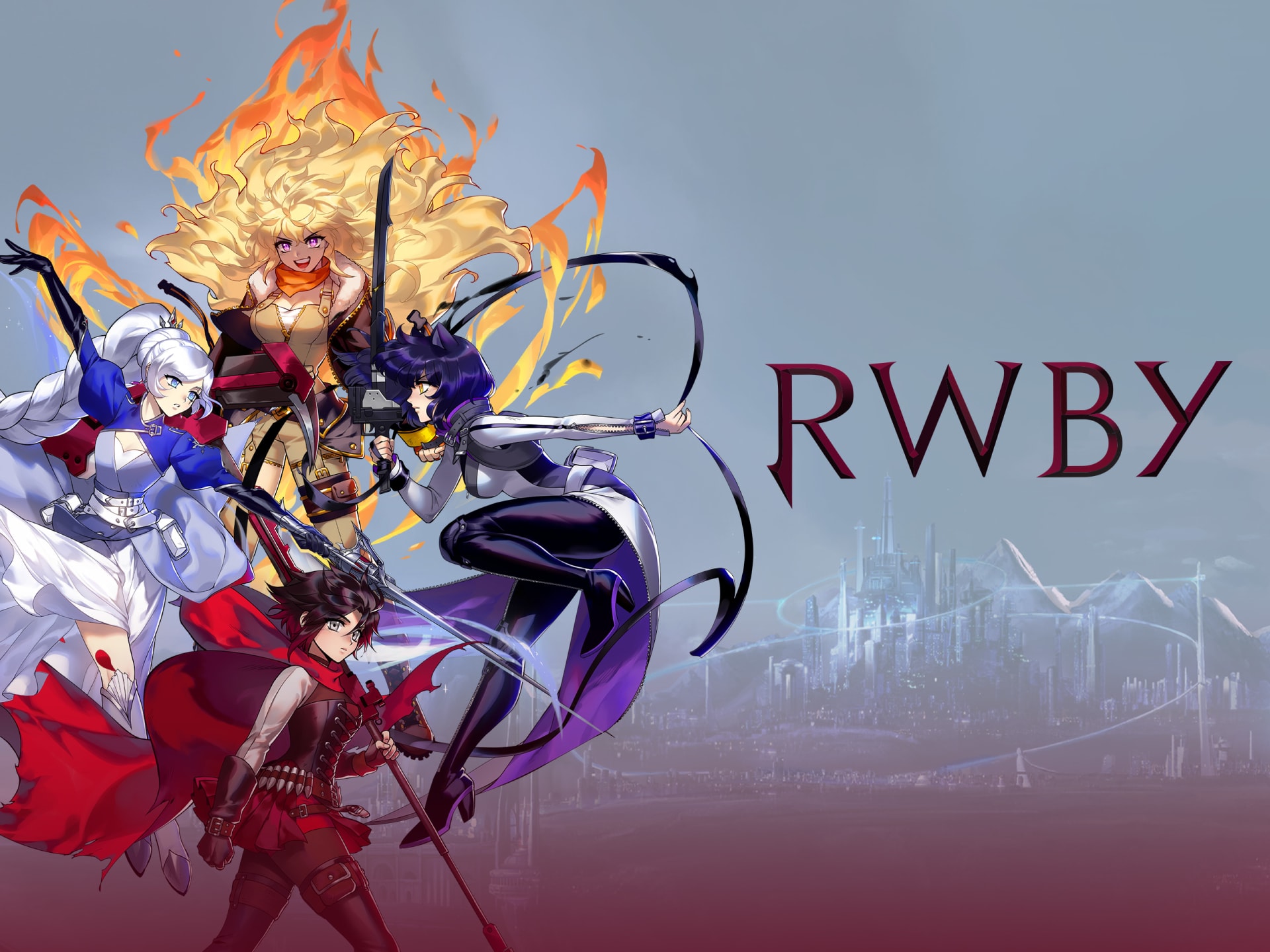







I hope this turns out to be another Gravity Falls-type show with an overarching storyline.